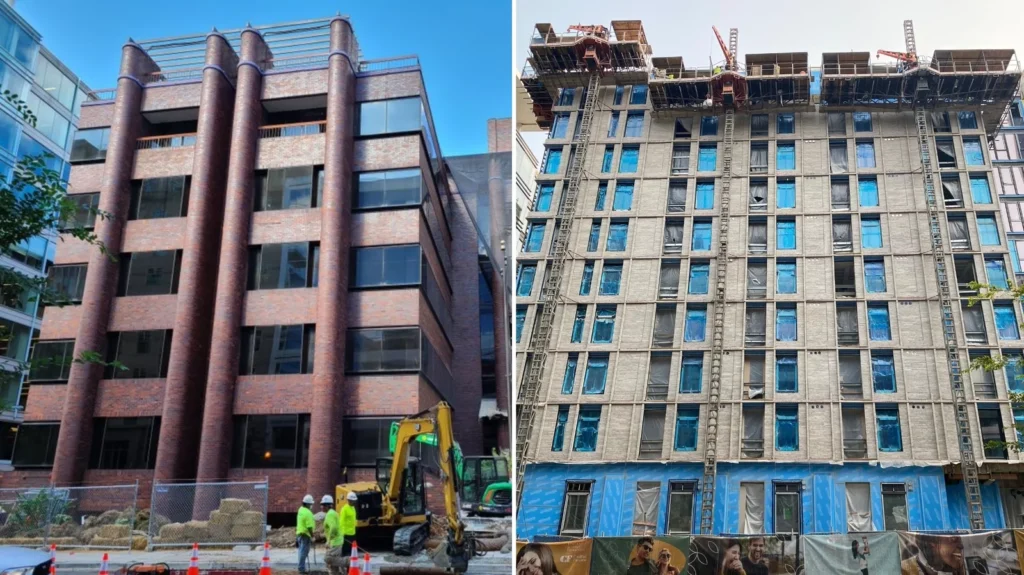
In May, we wrote about the adaptive reuse trend sweeping big cities in particular, where developers are seeking to transform office space into residential communities as corporate offices sit increasingly empty.
City centers are hyper focused on the possibility of bringing new life to nearly abandoned spaces, whose daily influence fueled downtown businesses (from restaurants to dry cleaners). Part of the efforts to make this conversion happen are tedious, including the changing of building codes, eliminating fees, and possibly even creating tax relief programs for office conversions.
However, recent reporting has uncovered just how complex it is to bring these ideas to fruition. NPR followed the journey of a transformation in Washington, D.C. of a 1980s-style office building into an apartment complex to chronicle the change–spoiler alert, it was really difficult.
Converting a space starts with evaluating the structure–is the space too wide? Could the windows be altered? The questions are endless. However, politics may play an even bigger role in the form of zoning rules. Rezoning a property for residential use can be timely and costly, and requires support from politicians who often add requirements for affordable housing that are hard to meet financially for some developers.
Using existing buildings has a sustainable edge that keeps leaders and innovators moving forward—the World Green Building Council reported building construction produces 11% of global carbon emissions and even an energy efficient building can take up to 80 years to offset its own carbon footprint.
So, turning offices into homes is actually better for the environment than razing and rebuilding.
Moving forward, while we continue to grapple with the need to convert old space into residential offerings (complications included), the commercial real estate industry is shifting towards designing buildings that are more adaptable from the beginning–designing for centuries versus decades. That’s the kind of longevity we can get behind.
